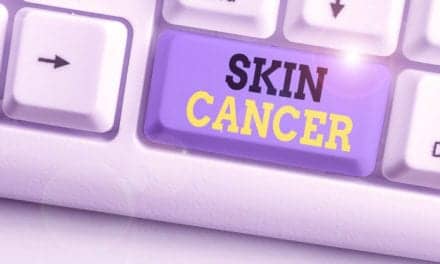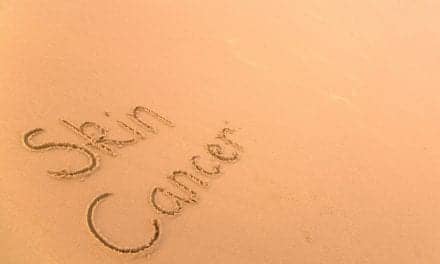(Reuters Health) – Most hair stylists at salons and barber shops may be interested in getting trained to detect skin cancers on the scalp, face and neck, researchers say.
Since hairdressers see a customer’s head and neck skin up close and regularly, they’re able to look for unusual spots or changes that could be melanoma, the study authors write in the Journal of the American Academy of Dermatology.
“Hairdressers are uniquely positioned to be part of screening teams to find skin cancers early. People are more loyal to them than most other professions,” said Dr. Suephy Chen of Emory University in Atlanta, senior author of the study.
“Previous studies have shown that hairdressers are willing and eager to do this,” she told Reuters Health by email. “They want to be taught by dermatologists.”
Chen and colleagues surveyed stylists at 15 salons within a 30-mile radius of Emory in fall 2017 and received 229 completed surveys from 12 salons. Questions included whether the hair professionals ever checked clients for skin lesions, had a client who asked them to check for skin lesions, or had referred a client to a doctor for an abnormal mole.
The survey also asked hairdressers for reasons why they might not check for skin lesions, as well as whether stylists should be trained in skin cancer detection and the best way to offer such training. Among the respondents, 82% were women, 86% were white and 97% estimated that more than half of their customers were white.
The research team found that 93% of hairdressers wanted to learn more about skin cancer detection and 73% believed stylists should receive skin cancer detection training, but only 40% thought it should be required for certification as a hair professional.
Less than one quarter of stylists had received a request from a customer to check for skin lesions, yet more than half had referred a customer to a doctor to check an abnormal mole. About 40% said they rarely or never checked for skin lesions.
Overall, hairdressers said the top reasons they don’t check for lesions are: they lack training; they don’t have the confidence to recognize lesions; they’re unsure about the appropriate steps to take; and they don’t feel comfortable bringing up skin cancer with their customers. Hairdressers who had discussed skin cancer with clients were twice as likely as those who hadn’t to agree with detection training.
“Several patients have come to me and said their hairdresser or barber pointed out a mole or freckle, so they wanted to make an appointment, and at least half a dozen have been diagnosed with melanoma of the scalp from that experience,” said Dr. Neda Black of the Comprehensive Dermatology Center in Pasadena, California, who wasn’t involved in the study.
Although scalp melanoma is less common than melanoma in other locations on the body, it’s often more severe and fatal because patients don’t notice dark spots or abnormalities on their heads, she said. Those who are active outdoors should get checked, especially since sun protection products aren’t typically marketed for or used on the scalp.
“My first patient who had this was a 30-year-old man who had just gotten married,” Black said in a phone interview. “We were able to cure him, but he would have died if his hairdresser hadn’t caught it.”
The Skin Cancer Foundation recently launched an education program called “Heads Up!” that promotes salon-held training sessions for skin cancer surveillance. Groups such as EyesonCancer.org have also started initiatives to train beauty professionals about different types of cancer, including massage professionals and nail salon aestheticians.
“Clients shouldn’t be shy about asking their hairdresser to check for anything abnormal,” Black noted. “About 99% of hairdressers feel honored to be asked and are willing to take a look.”
[Source: Reuters Health]





